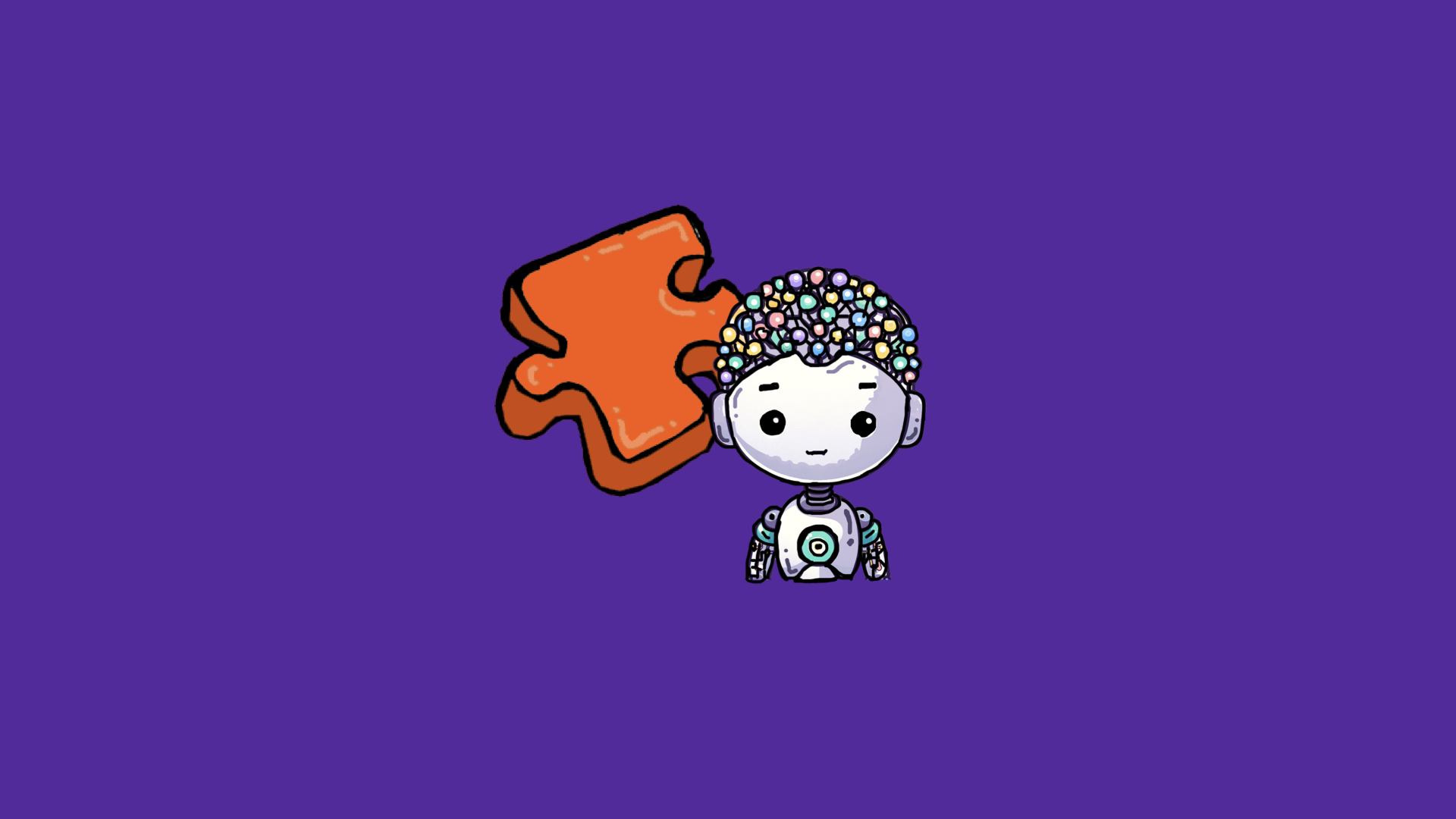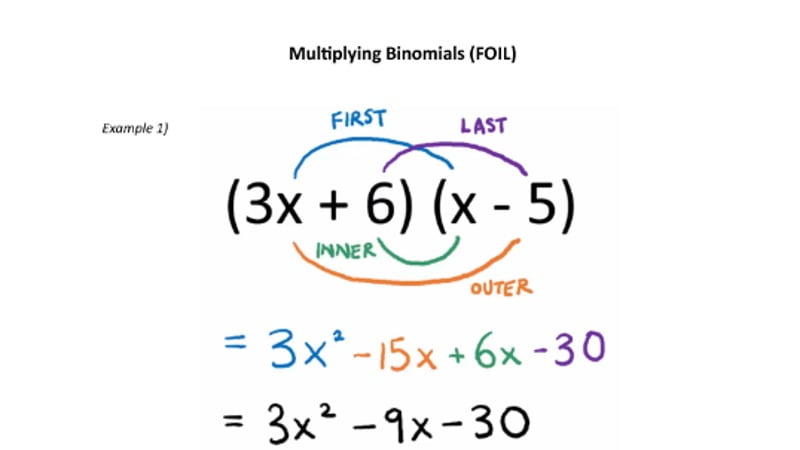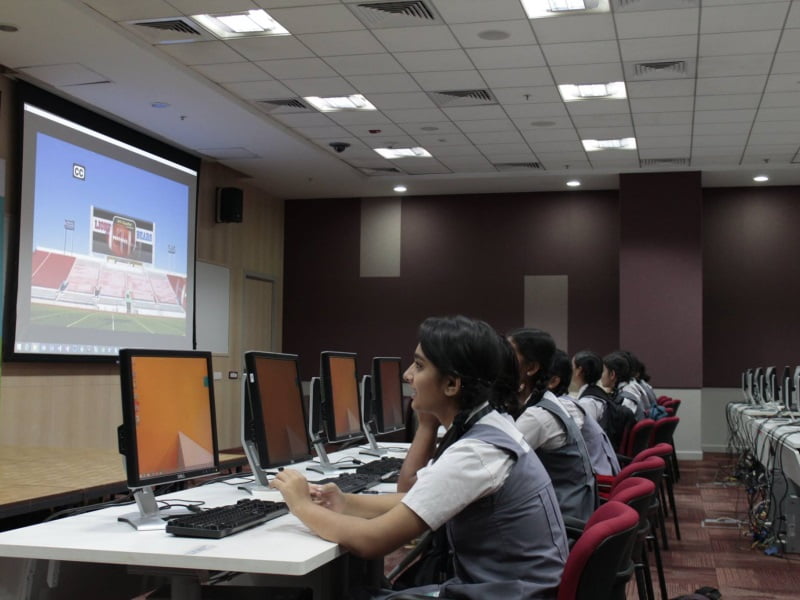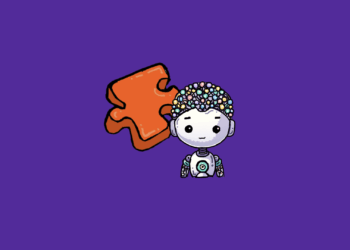
AI represents both a dream and a warning for education. On the one hand, it provides individualized feedback, immediate assistance, and inventive opportunities that have the potential to make learning more dynamic than ever. On the other hand, it encourages us to prioritize convenience over curiosity, efficiency over comprehension, and speed over depth. The real opportunity lies in the middle ground between dystopia and utopia, where AI is used by educators and students to complement human thought rather than replace it. When we design with intention, AI becomes a catalyst for deeper learning rather than a shortcut around it.
Check out the Podcast. If you like this blog and would like to listen to it on the go, you can do so by clicking on the audio below or by subscribing through iTunes/Apple Podcasts (ideal for iOS users) or Google Play and Stitcher (ideal for Android users). AI: A Nightmare, a Dream, and Everything in Between One of my favorite social studies writing prompts requires two separate days to complete. The students create their own utopia on the first day. They begin with the question, “What is the ideal society? What principles should it be based on? They conjure up this ideal scenario from there. The transportation, education, energy, entertainment, and city planning concepts that students complete form a concept map. The five senses are then used to create a more vivid image as they describe a day in the life of this dream society. They begin the second section of the writing prompt the following day. The dream is now a nightmare because this utopia has turned into a dystopia. What took place? How does it feel to be a member of this society? What were the hidden flaws in that initial concept’s systems, structures, and even values? What happens when we take a good idea and move it to an illogical extreme?
Even though I created this as a social studies experiment, I actually believe we can use the same method to create our ideal educational scenarios. In many ways, AI is like an educational utopia with instant feedback, individualized instruction, and unlimited information access. However, like those student-created worlds, our idealized AI has flaws that need to be investigated below the surface. At the same time, we tend to have a glut of dystopian stories about the dangers of AI. From The Terminator to The Matrix to Ex Machina, our culture treats artificial intelligence as an inevitable descent into a dystopian future. Humans lose control as machines rise to power, and the technology we developed to simplify our lives ultimately destroys our humanity. In this vision, schools become untouched sanctuaries, sealed off from algorithms and automation. However, even that version has the potential to deviate into its own dystopia—one in which students are ill-prepared for the world in which they actually live, in which curiosity is replaced by fear, and in which education becomes nostalgic rather than transformative. This is something I wanted to bring up because I recently led an all-day AI workshop for secondary teachers. In fact, they worked in teams for twenty minutes to create their ideal AI scenario—I didn’t call it a utopia because they had previously held beliefs about whether they would accept or reject AI. After that, they looked into what might make their dream turn into a nightmare. We discussed how the real opportunity does not lie in developing an AI-powered system to perfection. It’s about asking deeper questions: How might AI make learning more human? What ways might it not only help students work more efficiently but also think more deeply? In other words, we were able to discuss through the lens of story, how we might avoid the two extremes of Lock It and Block It and Techno-Futurism.
The question isn’t whether AI will shape learning, but how deeply it will shape thinking. Between the dream of effortless perfection and the fear of total collapse lies a quieter, more human possibility. It’s the chance to use AI as a tool for deeper learning, albeit in a messy way. The challenge for educators is to create learning environments in which AI supports students’ exploration of both curiosity and struggle rather than supplanting them. What if AI helped people think more deeply and not just save time? This is a time of rapid change. Technology is moving at a breakneck speed and our lives feel more crowded than ever. We can stream on-demand shows and access rapid fire video on a variety of platforms. It’s no surprise, then, that the number one thing I hear when I ask something how they are doing is the short answer, “busy.”
Teachers are experiencing this hurried pace more acutely than many other professions, despite the fact that it is a broader cultural trend. Every technological change, every new expectation, and every “time-saving” innovation seems to make things worse rather than better. Just look at the backlash I received in this Facebook post for suggesting that secondary content experts might not need to be experts in early literacy, as well as counselors, curriculum designers, and others, to see how the role of the teacher continues to expand beyond teaching and learning. We keep adding to the workload of teachers. New requirements for the already extensive curriculum map. Initiatives and policies that have not yet received funding. Even the most dedicated educators experience feeling pushed to the limit of their abilities. As a result, many educators have looked to AI as a time-saving tool in light of this reality. That rubric that was once created in an hour? I can revise an AI-generated rubric in five minutes. That newsletter that was once written in two hours? Let’s use AI to create a new one that can be differentiated based on parental preferences into three versions—a brief version with “just the facts,” a typical version, and a detailed one. That rotation activity at the station? Let’s design it complete with handouts, instructions, and leveled readers in half an hour.
Students are feeling this same pressure to move faster. While participating in structured after-school activities, many of them spend hours completing their homework. Suddenly, AI arrives as a way to save time and take shortcuts. On the surface, that makes sense. AI tools offer instant feedback, personalized support, and quick answers that can genuinely help students learn more efficiently. And when the curriculum map moves quickly, this instant feedback and quick tutoring can make a huge difference.
However, there is also a price. When students rely on AI to do the hard thinking for them, they miss the slow struggle that builds understanding. That ease of use can eventually result in cognitive atrophy, in which curiosity wanes and learning becomes something to complete rather than something to discover. In its worst iterations, students end up using AI to do all of the thinking and the work for them. Over time, this cognitive off-loading can weaken thinking.













